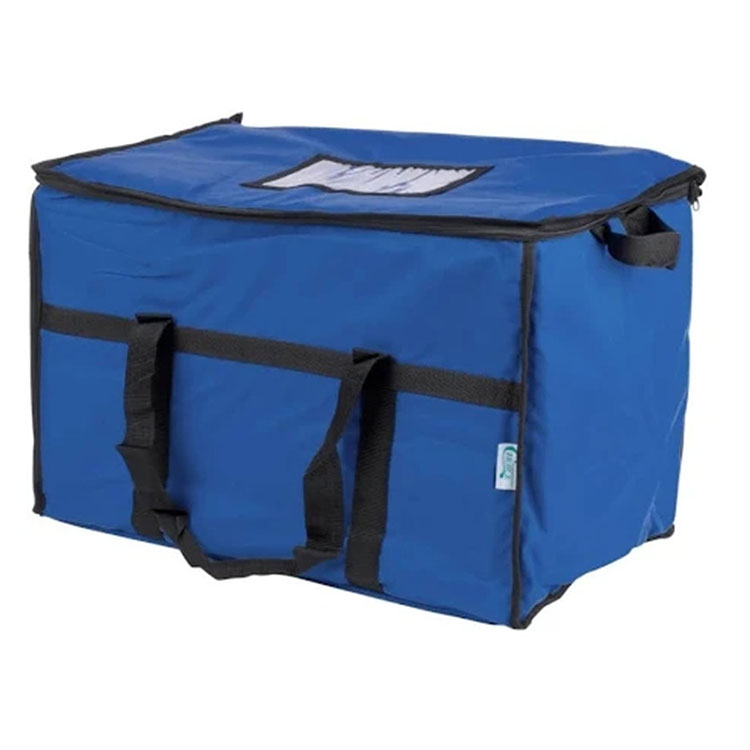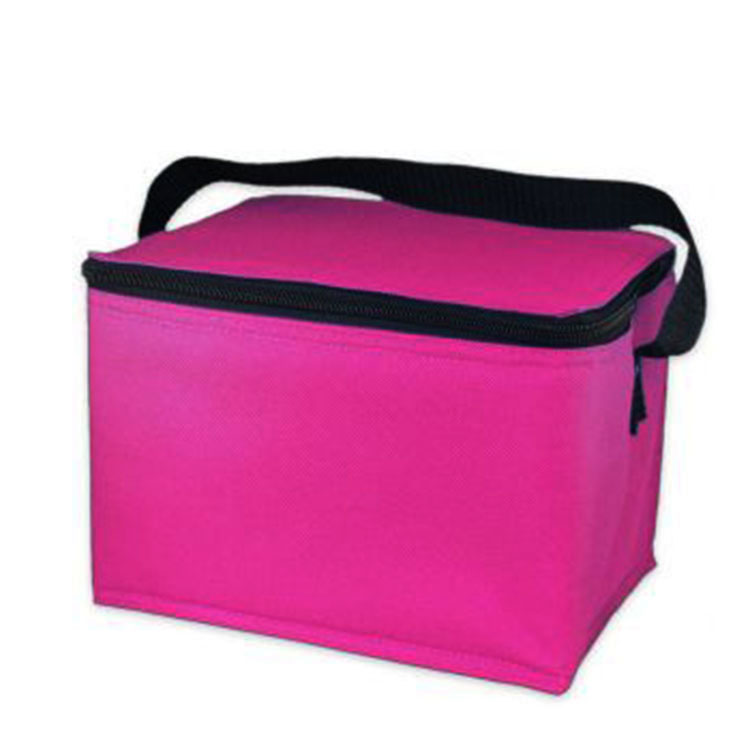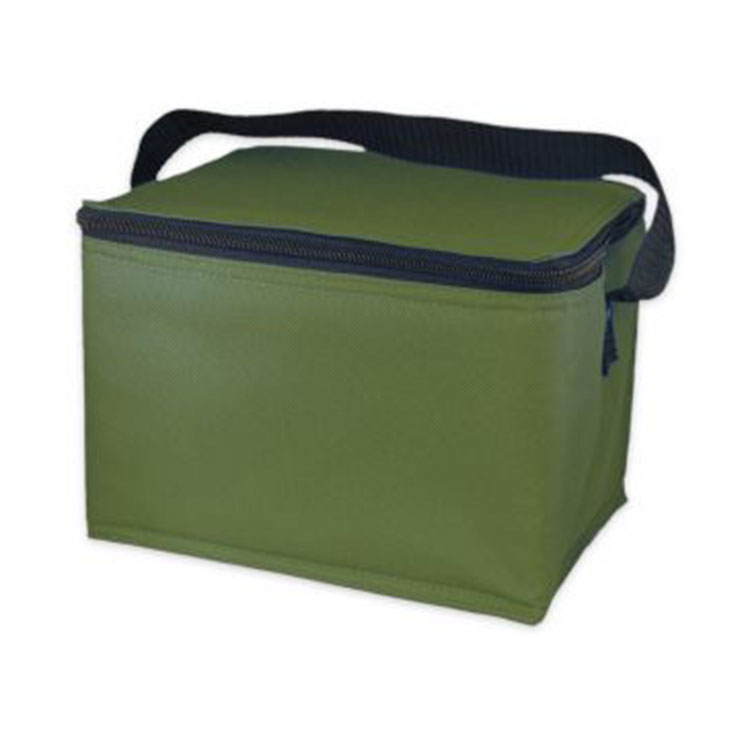The SLA process, also known as light modeling or stereolithography, works on the principle of photopolymerization of liquid photosensitive resins. The liquid material can rapidly undergo photopolymerization under the irradiation of ultraviolet light of a certain wavelength and intensity, and the molecular weight sharply increases, and the material changes from a liquid state to a solid state. The liquid tank is filled with liquid photocuring resin. Under the action of the deflection mirror, the laser beam can scan on the liquid surface. The scanning track and the presence or absence of light are controlled by the computer. When the light spot is hit, the liquid is solidified. At the beginning of the forming, the working platform is at a certain depth below the liquid level, and the focused spot is scanned point by point on the liquid surface according to the instruction of the computer, that is, solidification point by point. When a layer of scanning is completed, the unirradiated area is still a liquid resin. Then the lifting platform drives the platform down to a height, and the formed layer is covered with a layer of resin. The scraper scrapes the liquid surface of the resin with higher viscosity, and then scans the next layer, and the newly cured layer is firm. The ground is glued to the previous layer and repeated until the entire part is manufactured, resulting in a three-dimensional solid model. The SLA method is currently the most studied method in the field of rapid prototyping technology and the most mature method in technology. The parts formed by the SLA process have high precision, the processing precision can generally reach 0.1mm, and the raw material utilization rate is nearly 100%.
Molding technology features
Rapid prototyping technology has several important features:
1) It is possible to manufacture arbitrarily complex three-dimensional geometric entities. Thanks to the principle of discrete/stacking, it simplifies a very complex 3D manufacturing process into a superposition of 2D processes, enabling the machining of arbitrarily complex shaped parts. The more complex the part, the more it shows the superiority of RP technology. In addition, the RP technology is particularly suitable for parts that are difficult to manufacture or even impossible to manufacture by conventional methods such as complex cavities and complex profiles.
2) Rapidity. Design and processing information for a new part can be obtained by modifying or reorganizing a CAD model. Parts can be manufactured from a few hours to tens of hours, with outstanding features for rapid manufacturing.
3) Highly flexible. Complicate manufacturing processes, rapid manufacturing of models, prototypes or parts without the need for any special fixtures or tools.
4) Rapid prototyping technology has achieved two advanced goals pursued by the mechanical engineering discipline for many years, namely the integration of materials (gas, liquid, solid phase) process and manufacturing process integration and design (CAD) and manufacturing (CAM) integration.
5) Combine with reverse engineering (Reverse?ngineering), CAD technology, network technology, virtual reality, etc., and become a powerful tool for rapid product development.
Flow chart
The process of rapid prototyping is as follows:
1) Construction of a three-dimensional model of the product. Since the RP system is directly driven by the 3D CAD model, it is first necessary to construct a 3D CAD model of the workpiece being machined. The 3D CAD model can be directly constructed by computer-aided design software (such as Pro/E, I-DEAS, SolidWorks, UG, etc.), or the 2D pattern of the existing product can be converted to form a 3D model, or the product entity can be Laser scanning, CT tomography, point cloud data, and then use the reverse engineering method to construct a three-dimensional model.
2) SLA laser rapid prototyping
The SLA process, also known as light modeling or stereolithography, works on the principle of photopolymerization of liquid photosensitive resins. The liquid material can rapidly undergo photopolymerization under the irradiation of ultraviolet light of a certain wavelength and intensity, and the molecular weight sharply increases, and the material changes from a liquid state to a solid state. The liquid tank is filled with liquid photocuring resin. Under the action of the deflection mirror, the laser beam can scan on the liquid surface. The scanning track and the presence or absence of light are controlled by the computer. When the light spot is hit, the liquid is solidified. At the beginning of the forming, the working platform is at a certain depth below the liquid level, and the focused spot is scanned point by point on the liquid surface according to the instruction of the computer, that is, solidification point by point. When a layer of scanning is completed, the unirradiated area is still a liquid resin. Then the lifting platform drives the platform down to a height, and the formed layer is covered with a layer of resin. The scraper scrapes the liquid surface of the resin with higher viscosity, and then scans the next layer, and the newly cured layer is firm. The ground is glued to the previous layer and repeated until the entire part is manufactured, resulting in a three-dimensional solid model.
3) Post-processing of molded parts.
The molded part is taken out from the molding system, polished, polished, coated, or placed in a high-temperature furnace for post-sintering, and further enhanced in strength.
Material properties
SLA material
Photosensitive resin is a substrate that is laser-cured and rapidly formed, and its performance characteristics have a decisive influence on the quality of the molded part. Photocuring resins using SL should generally have the following properties:
1) The viscosity is low, and the low-viscosity resin is favorable for the faster leveling of the resin during molding;
2) The curing speed is fast, and the curing speed of the resin directly affects the molding efficiency, thereby affecting the economic benefits;
3) The curing shrinkage is small, and the photosensitive resin undergoes a change from liquid to solid during the curing process. This change often causes linear and volume shrinkage of the resin, and the curing shrinkage causes deformation, warpage, cracking, etc. of the part. Affecting the precision of the molded parts and reducing the shrinkage of the resin is the main goal in the development of the photosensitive resin, and the low-shrinkage resin is advantageous for molding the precision parts;
4) The degree of primary curing is high, which can reduce post-cure shrinkage, thereby reducing post-cure deformation;
5) The wet strength is high, and the high wet strength can ensure that the post-cure process does not cause deformation, expansion and interlayer peeling;
6) The swelling is small, and the swelling of the wet molded part in the liquid resin sample piece in the liquid resin causes the part size to be large;
7) The toxicity is small, which is beneficial to the health of the operator and does not cause environmental pollution.
The main application of SLA molded parts
1) Directly make various resin sample pieces or functional parts for structural verification and functional testing;
2) making fine parts;
3) manufacturing parts with transparent effects;
4) The prototype can be quickly turned into various molds, such as silicone rubber mold, metal cold spray mold, ceramic mold, electroforming mold, epoxy resin mold, lost mold, etc.;
5) Instead of the lost mold in investment casting, it is used to produce metal parts.
With the improvement of people's living standards, people are increasingly choosing to travel on holidays to relax themselves. It is a wish of many parents to bring their own baby out together. However, the insulation of taking out food has become an important issue. . The catering insulation of office workers is also the focus of attention. The new generation of young people in China will have more and more demand for food insulation products. With the increase of market demand, the emergence of new insulation bags has brought great Convenience.
Insulation bag has five major advantages: First, save a lot of plastic bags, support environmental protection; Second, clean and hygienic, the insulation bag itself is waterproof and oil proof, the materials are all environmentally friendly materials, wear resistance and anti-pleatability is super strong; Third, the insulation effect is good, When the food is taken out, it is still steaming, and the desired effect can be achieved from the color and taste of the food. In this way, the working problems of office workers can be easily solved, and the chances of going out for a picnic can be increased a lot. Fourth, the price of the insulated bag itself is low, and it can be used multiple times. The general market can be purchased. 5. It can be used for take-out of restaurants. You can also print personalized slogans on the takeaway to increase your visibility. Insulation bags have large and medium thermal insulation bags designed for motorcycles, bicycles, and car transport. Sports backpacks, school bags, professional gifts and product packaging bags, and casual shopping bags are designed for thermal insulation bags. The development of professional direction is increasingly able to bring the most affordable services to people's lives.





Cooler Bag,Soft Cooler Bag,Custom Cooler Bag,Best Cooler Bag
Shenzhen Sunway Packaging Material Co., Ltd , https://www.sunwaypacks.com